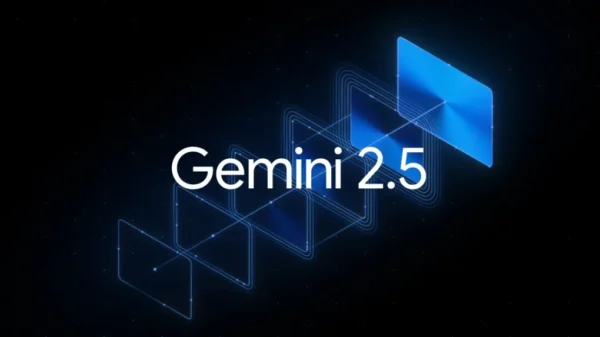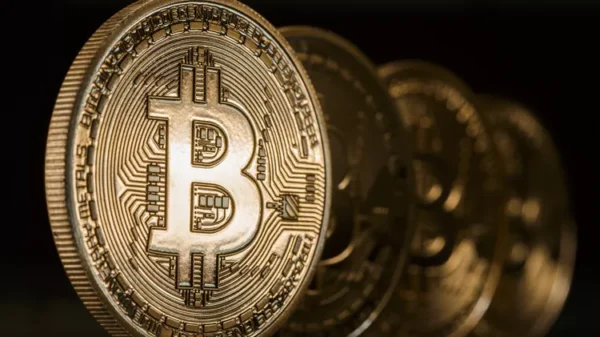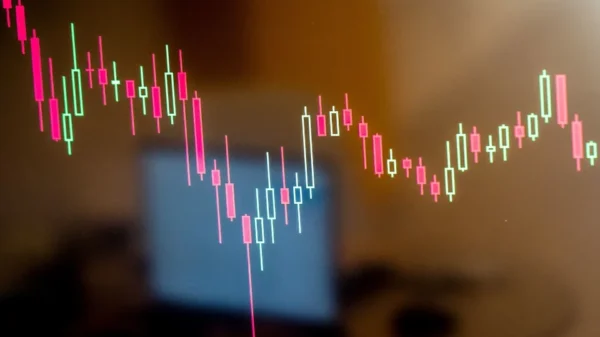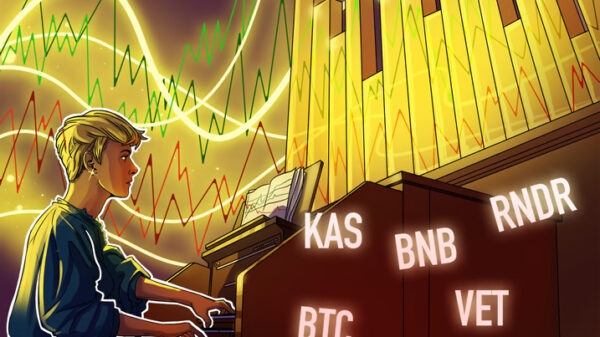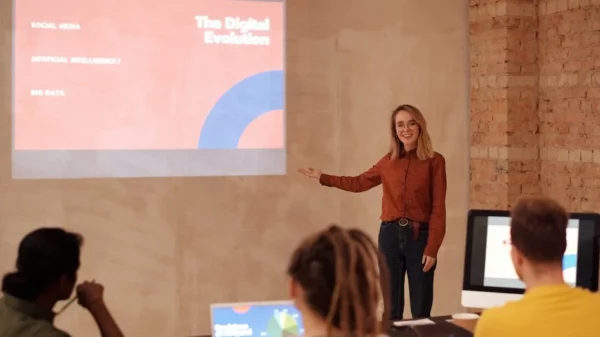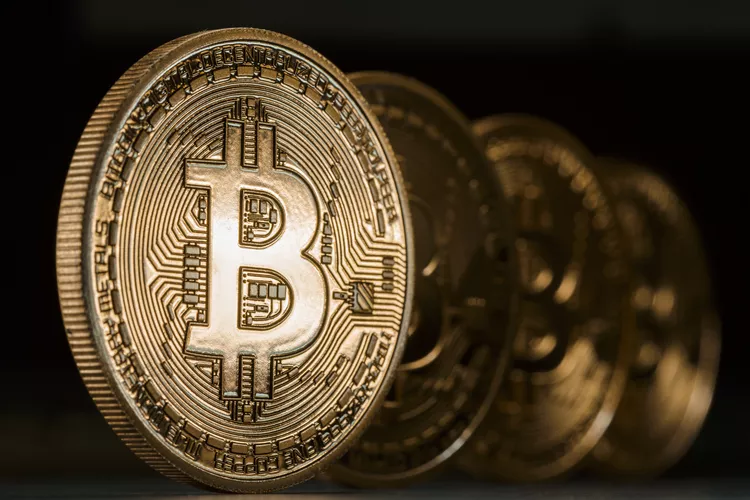So, Bitcoin Halving Is Done. What Happened and What’s Next?
The long-awaited fourth bitcoin halving took place just after 8:09 p.m. Eastern on Friday. Following the event, bitcoin remained stable, trading at approximately $63,000 with no significant changes.
Following the halving, the rate at which new bitcoins are produced and the rewards for miners who successfully mine bitcoins are reduced by half. With a total limit of 21 million bitcoins, the decrease in new tokens entering the market could influence bitcoin prices. This is why the halving is closely monitored by both miners and investors.
What Happened At This Halving?
Following today’s halving, approximately 3.125 new bitcoins are generated every 10 minutes. These halving occurrences happen approximately every four years, or after every 210,000 blocks are confirmed, and were ingrained into the network’s architecture since its inception in January 2009.
Following the halving, the reward for validating each new block of transactions on the Bitcoin network is reduced by half. This reward, known as the block subsidy, represents the newly generated bitcoin given to the miner who successfully validates the block. As a result, successful miners now receive a block subsidy of 3.125 bitcoin.
In addition to the subsidy, miners also collect any fees associated with the transactions in the block.
ViaBTC mined the halving block, marking the 840,000th block on the Bitcoin network. It’s worth noting that the miner received a reward totaling just over 40 bitcoins, which translates to over $2.6 million in block subsidy and fees, as reported by data from mempool.space.
The fees earned for successfully validating the blocks just before the halving block amounted to slightly over 7 bitcoins, valued at a little more than $450,000 in total. However, the fees dramatically increased for the halving block, totaling more than 40 bitcoins, worth over $2.6 million. The reason for this surge is uncertain, but it could be attributed to individuals being willing to pay higher fees to ensure their transactions were included among the 3,050 transactions included in the halving block.
What Happens Next?
Historically, bitcoin halvings have often resulted in the cryptocurrency reaching new record highs in the months following the events. However, this time is distinct, as the bitcoin price had already surged to new all-time highs in the months leading up to the halving.
A significant portion of the recent surge in bitcoin prices was fueled by the introduction of spot bitcoin exchange-traded funds (ETFs), suggesting that the demand generated by this market might have a more pronounced effect on bitcoin prices than halving events.
Kraken’s Head of Strategy, Thomas Perfumo, noted that this halving carries added symbolism by showcasing bitcoin’s impartial and steadfast monetary policy, particularly amidst global uncertainties surrounding various currencies.
Perfumo highlighted to Bloomberg that amidst concerns over conventional currencies, including inflation, interest rates, and economic conditions, people are turning to bitcoin as an alternative form of currency.
Analysts from JPMorgan and Deutsche Bank stated that the effects of this halving event were largely anticipated and already factored into existing bitcoin prices, suggesting that there is unlikely to be a significant upward movement in price following the event.
As per these reports, the immediate impacts of the halving are expected to primarily affect the bitcoin mining industry, potentially leading to consolidation as the overall hashrate decreases due to reduced profitability.
However, there are signs suggesting that miners may find opportunities for boosted revenue even without a price surge resulting from the halving. This potential increase in revenue could stem from higher aggregate transaction fees facilitated by recent advancements like Ordinals and layer-two networks.







